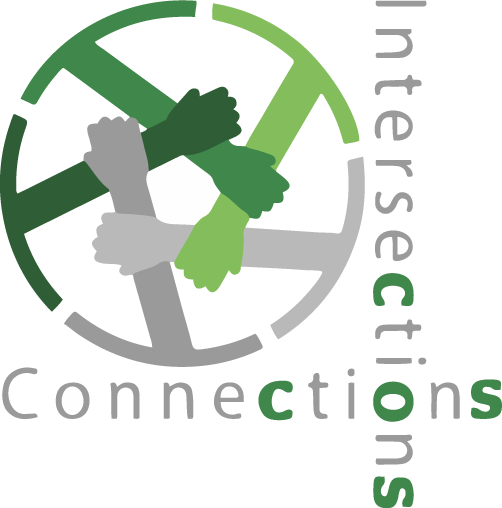Embodiment, Trauma, and the Expressive Therapies Continuum
Abstract
The purpose of this paper is to explore the intersection of three areas of literature: conceptualizations of embodiment in the creative arts therapies, how creative arts therapies can address the neurobiological impact of trauma in the body, and the expressive therapies continuum (ETC). Western psychotherapy has been influenced by Cartesian dualism which views the body and the mind as separate. Creative arts therapies have focused on the interrelation and integration between the mind and the body while still connoting their separation through the phrase “mind and body.” The ETC, developed by art therapists Kagin and Lusebrink, suggests one way to conceptualize embodiment that integrates cognition. The ETC focuses on levels of information processing that occur during art-making, including the kinesthetic/sensory, perceptual/affective and cognitive/symbolic levels. Trauma impacts individual’s embodied experiences on all these levels. Because cognition shuts down during trauma, traumatic memory is stored as non-verbal sensations and visual images. Reactivation of these memories can lead to re-experiencing the images and sensations associated with the trauma. Creative arts therapies are uniquely equipped to treat trauma because they can be used to support individuals in transforming non-verbal trauma memories into cognitive memory and because they involve sensory components, which can be used to reduce arousal. This paper argues that the ETC should be further explored as a framework for trauma treatment within the creative arts therapies because it can be used to support arousal regulation and restore integration of the embodied self, disrupted by trauma.
Start Date
27-3-2019 9:00 AM
End Date
27-3-2019 9:50 AM
Room Number
U-Hall 3-100
Presentation Type
Paper
Disciplines
Art Therapy | Mental and Social Health | Other Mental and Social Health | Psychiatric and Mental Health | Psychoanalysis and Psychotherapy
Creative Commons License

This work is licensed under a Creative Commons Attribution-Noncommercial-No Derivative Works 4.0 License.
Embodiment, Trauma, and the Expressive Therapies Continuum
The purpose of this paper is to explore the intersection of three areas of literature: conceptualizations of embodiment in the creative arts therapies, how creative arts therapies can address the neurobiological impact of trauma in the body, and the expressive therapies continuum (ETC). Western psychotherapy has been influenced by Cartesian dualism which views the body and the mind as separate. Creative arts therapies have focused on the interrelation and integration between the mind and the body while still connoting their separation through the phrase “mind and body.” The ETC, developed by art therapists Kagin and Lusebrink, suggests one way to conceptualize embodiment that integrates cognition. The ETC focuses on levels of information processing that occur during art-making, including the kinesthetic/sensory, perceptual/affective and cognitive/symbolic levels. Trauma impacts individual’s embodied experiences on all these levels. Because cognition shuts down during trauma, traumatic memory is stored as non-verbal sensations and visual images. Reactivation of these memories can lead to re-experiencing the images and sensations associated with the trauma. Creative arts therapies are uniquely equipped to treat trauma because they can be used to support individuals in transforming non-verbal trauma memories into cognitive memory and because they involve sensory components, which can be used to reduce arousal. This paper argues that the ETC should be further explored as a framework for trauma treatment within the creative arts therapies because it can be used to support arousal regulation and restore integration of the embodied self, disrupted by trauma.



